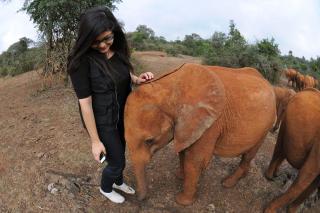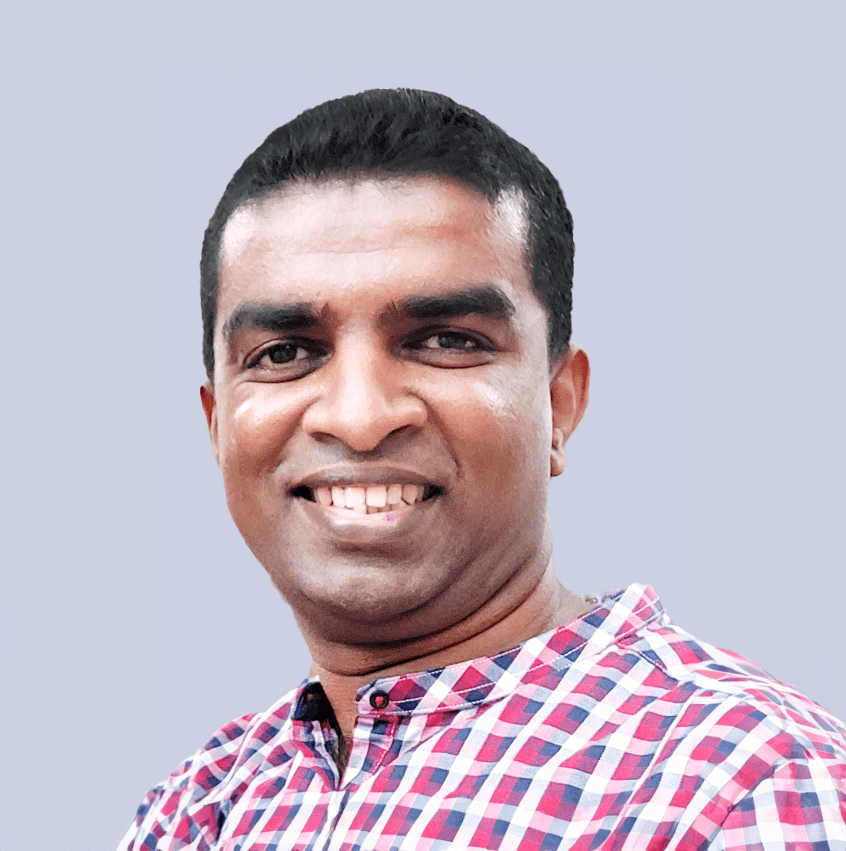Human-wildlife conflict is a shockingly common problem, often with enormous consequences for both individual animals and entire populations.
When human-wildlife conflict comes to mind, you may immediately think of wildlife crime instead - which isn't wrong, since many regions with wildlife crime problems like poaching are also areas where people may frequently deal with human-wildlife conflict, causing the two issues to go hand-in-hand. But human-wildlife conflict is a much broader issue encompassing many ways that human presence and interference can cause problems for us and animals alike. Human-wildlife conflict includes:
- Elephants trampling a farmer's crops, resulting in retaliation
- New real estate developments infringing on ecosystems where predator species live, leading to predators having less territory and less food, which in turn leads to predators attacking domestic animals and livestock
- Freeways dividing the territory of animals like mountain lions, leading to wildlife venturing into neighborhoods or being killed by cars
- Lead bullets used in hunting causing scavengers like condors to die of lead poisoning
These are just a few examples of how humans can negatively impact wildlife, and it's clear to see how many of these scenarios could escalate. Human-wildlife conflict solutions don't just include ways in which we can prevent these issues (for example, through tracking predators, monitoring populations' territories, or building barriers and wildlife crossings monitored by sensors), but also the ways in which we can help people connect with wildlife and care about learning to live alongside them.
If you're interested in solutions that can prevent human-wildlife conflict, join this group and get to know the people who are working to protect and save species around the world!
Header image: Casey Allen on Unsplash
Iam very passionate in environment as well as wildlife conservation
- 0 Resources
- 1 Discussions
- 8 Groups
- 0 Resources
- 0 Discussions
- 7 Groups
Am a conservation biologist/primatologist passionate about conservation of endangered species, biodiversity monitoring, climate change studies and local livelihoods
- 0 Resources
- 0 Discussions
- 12 Groups
- @loki
- | Dr
I am part of the Human Elephant Conflict Working Group of the African Elephant Specialist Group. Connectedconservation.com
- 0 Resources
- 0 Discussions
- 2 Groups
I am a Conservation Biologist managing a portfolio of species conservation projects. My current focus is raptors but I also have experience working with large marine mammals and sea birds. My research interests are on evaluating the effectiveness of conservation interventions.
- 0 Resources
- 0 Discussions
- 6 Groups
World Wide Fund for Nature/ World Wildlife Fund (WWF)
- 0 Resources
- 2 Discussions
- 9 Groups
Wildlife conservationist currently working on biodiversity monitoring and community development for AFOLU VCS & CCB projects.
- 0 Resources
- 0 Discussions
- 14 Groups
I am PhD in Wildlife Ecology/Management from PMAS-Arid Agriculture University, Pakistan. I have extensive field and lab experience with reptiles, birds, and mammals (10 years). My area of specializations are: wildlife conservation & management, small mammalian survey techniques.
- 0 Resources
- 0 Discussions
- 5 Groups
- @Kat_Morin
- | she/her
- 0 Resources
- 0 Discussions
- 5 Groups
An early career conservationist with special interest in community-based conservation
- 0 Resources
- 4 Discussions
- 3 Groups
- @kalexandera
- | she/her
My search for an ethical system I could understand and believe in led me to nature. She has kept LIFE thriving on the planet for billions of years – she’s the expert! Now I’m excited to share an Ecology of Ethics which stems from and rests on earth wisdom.
- 0 Resources
- 1 Discussions
- 1 Groups
- 0 Resources
- 0 Discussions
- 7 Groups
Article
Drones are being explored for a spectrum of applications in conservation that include mapping, biodiversity inventories, antipoaching patrols, wildlife tracking and fire monitoring. However, questions remain about...
8 July 2016
More than half of all primate species are endangered, including our closest living relative, the chimpanzee. Could Passive Acoustic Monitoring (PAM) be applied to primates as well as it has been for other taxa? In this...
29 June 2016
Operating the largest tropical forest camera trap network globally, TEAM Network has accumulated over 2.6 million images. How can large datasets coupled with new techniques for data management and analysis provide...
28 April 2016
Margaret Driciru, Senior Warden & Wildlife Veterinarian with the Uganda Wildlife Authority, showcases how mobile reporting technology is being used in the field to monitor, collect data, and send rapid alerts when...
22 December 2015
Katherine Chou, Product Lead at Google[x] Labs, sees technology as a way to make the impossible, possible. She explores differences in how wildlife NGOs and the tech sector think and plan, and what the conservation ...
22 December 2015
Gary Atkinson, Director of Emerging Technologies at ARM, explains why we should be interested in the Internet of Things. Could it be a game changer for conservation?
10 December 2015
June 2025
event
July 2025
October 2025
event
April 2023
February 2023
32 Products
3 R&D Projects
40 Organisations
Recently updated products
Recently updated R&D Projects
Recently updated organisations
| Description | Activity | Replies | Groups | Updated |
|---|---|---|---|---|
| Hi @Tim+Vedanayagam Thank you for posting this. I'd be happy to contribute to the thermal sensing work under way. Can you confirm - have you built a thermal AI model... |
|
Human-Wildlife Conflict | 5 years 2 months ago | |
| A neoteric solution:- ADSMO(HWC): https://youtu.be/yG0Z5HaL_tc |
|
Human-Wildlife Conflict | 5 years 6 months ago | |
| Hi everybody! The IUCN Species Survival Commission (SSC) Human-Wildlife Conflict Task Force, the Global Environment Facility-funded and... |
|
Human-Wildlife Conflict | 5 years 6 months ago | |
| Thanks Drue for your valuable input. This is certainly not to encourage killing venomouse snakes. We can actually incorporate the featurs you pointed out to save venomouse... |
|
Human-Wildlife Conflict | 5 years 7 months ago | |
| Tusk are illegally traded by the poachers for earning profit out of it. This needs to be stopped. |
|
Human-Wildlife Conflict | 5 years 9 months ago | |
| Hi Aditya, If you haven't already found it, you should check out our last virtual meetup, it was all about tools and spaces for collaboration and we featured a number... |
|
Human-Wildlife Conflict | 5 years 11 months ago | |
| Cool idea Ashwan. Looks similar to the virtual parks idea that Laurens is leading. Have you seen it? Also check out rewilding.io and get an entry in to the contest! |
+30
|
Human-Wildlife Conflict | 6 years 2 months ago | |
| A very good summary all-round Nilanga. Only a wholistic approach can truly resolve conflict. |
|
Human-Wildlife Conflict | 6 years 3 months ago | |
| Hi all, We often think about complicated tools when people refer to the use of tech in conservation. But mobile phones can be highly... |
|
Human-Wildlife Conflict | 6 years 3 months ago | |
| Thanks both for your comments, very interesting indeed! Also great to hear that so many people are eager to get involved in this kind of research and will participate with great... |
|
Human-Wildlife Conflict | 6 years 3 months ago | |
| Dear Femke, I am actually looking for studying the crop damages using drones and also tracking the movements, may be using GPS collars. But I do not actually know about these... |
|
Human-Wildlife Conflict | 6 years 4 months ago | |
| Dear Femke, Thank you for your email. I hope I can hear from Mohan Raj. Electric fencing is one area where it can play very important role in human wildlife conflict management... |
|
Human-Wildlife Conflict | 6 years 4 months ago |





























